Go To Brand 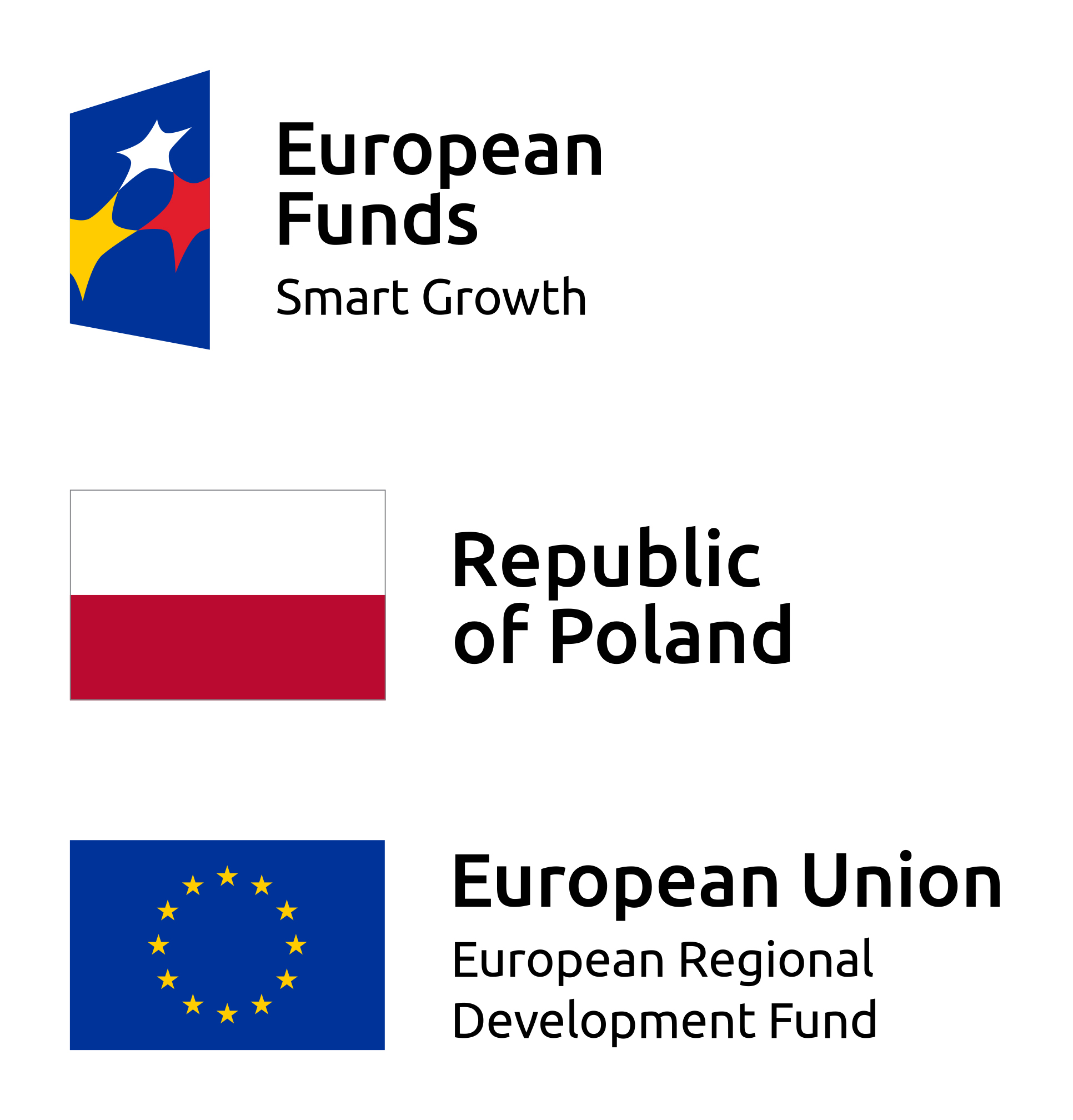 |
Proud to inform that Piktime Systems sp. z o.o., with a support from: Program Operacyjny Inteligentny Rozwój 2014-2020 Poddziałanie
3.3.3: Wsparcie MŚP w Promocji Marek Produktowych – Go to Brand runs a promotion project "Dalsza ekspansja eksportowa firmy PIKTIME”. Aim - further development of export activities and international recognition of Piktime Systems company. Project value: 207 100,00 PLN The EU financial support : 176 035,00 PLN The project runs from 12.03.2020 till 30.06.2022 |
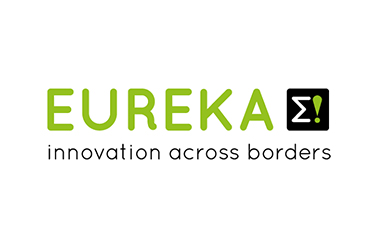 |
Legal Time Distribution System (LTDS) Financed with support of EUREKA initiative The project named Legal Time Distribution System aims at development a technology and the supporting hardware and software to disseminate, using Galileo, legal time with certified means such as to satisfy all the provisions of law. To achieve it new technologies are proposed and will be developed. In recent years information technologies have increased their presence and impact in the everyday life, transforming the way in which entities communicate with each other and businesses are conducted. In an inter-networked society, timing is the thread linking the various activities into a global framework of data and information communications. Transactions require time-tagging to insure the validity of the transaction and to insure a time-ordered flow of information where milliseconds are the time scale units of importance. Time has evolved from a physical quantity to a matter of legal and financial importance, crossing the classical boundaries of physics and astronomy into the realm of everyday life, in applications as diverse as finance, traffic control, synchronous telecommunications networking and utilities - power generation and distribution. It is well known that the generation of a time scale is primarily carried on by institutions, known as National Metrological Institutes (NMIs), that are responsible for time scale generation and distribution at the national level. Time must be authenticated to avoid intentional or unintentional misunderstandings in processing financial transactions, and this necessity opened the way to a new service. The Time Stamping Authorities (TSA) started to provide trusted time, generally via the Internet, to financial users and banks. Every user of the service not only receives a precise time information, but the very same time information that all subscribing users receive at the same time. This "authenticated" time insures that every user stamps its transaction with an identical time stamp at the same instant of time. Authentication provides a tool to avoid fraudulent tampering of the time stamps associated to the transactions on their way through a network or the Internet. TSAs generally retrieve their time from servers via the NTP protocol and redistribute it to the users. The next step is the provision of a service to certify this source of time; in a sense, to legalize the time for the users. Authentication allows time not to be tampered in distribution, certification insures that the authenticated time reflects the official, legal time and that the source for the TSA is a legally approved entity. Our proposal of Legal Time Distribution System is based on the simultaneous application of three concepts: 1. The use of a local oscillator and clock at the user premises, to allow independent integration of a local time scale from a stable frequency source, adding autonomous local integrity to the legal time distribution; 2. The use of the CV (Common View) technique, based on Galileo/GPS signals, to transfer accurate time and compare the legal time scale with the user time scale; 3. The use of an Internet certified time dissemination, in the form of the NTP protocol, to validate the time transfer via the CV technique and provide direct time dissemination if the highest accuracy achievable with the CV technique is not required by a particular user. Operationally, the data gathered at the user premises and at the source of legal time (most likely the country’s NMI) via CV measurements are: a) transferred to the NMI and processed to compute timing systematic parameters (frequency drift, time and frequency offsets), and long-term stochastic characterization of the remote clocks; b) the data will constitute a valuable database at the NMI premises for scientific and legal uses and c) fed back to the users to allow control of the remote clocks by steering each clock to the legal time reference, as needed. This allows not only the users to keep their local clock synchronized to the legal time, and generate its local replica to suit their applications, but the NMI can monitor the users clocks and track their behaviour with respect to the legal time as established by the NMI: legal issues that may arise due to conflicting time tagging in transactions can be resolved at the NMI level independently of the two contestants. |
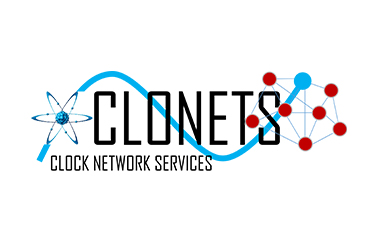 |
CLONETS - CLOck NETwork Services The CLONETS project objectives and market study A scientific and technological paradigm change is taking place, concerning the way that very high performance time and frequency references are compared and distributed, moving from satellite-based signal broadcasting to signal transport over optical fibre networks. The latter technology demonstrates performance improvements by orders of magnitude, over distances up to continental scale. Research infrastructures are developing several related technologies, adapted to specific projects and applications. The CLONETS project (hereafter referred to as CLONETS) aims to accelerate the transfer of this new paradigm to industry and to strengthen the coordination between Research Infrastructures and the National Research and Education Networks, in order to prepare the deployment of this technology to create a sustainable, pan-European network, providing high-performance time and frequency services to European research infrastructures. Further, the large geographic scale of this network means it will enable unprecedented access to high-performance time and frequency references via European optical fibre infrastructures. CLONETS believes that this gives it the opportunity to support a multitude of time and frequency services to industry and society, responding to the rapidly growing needs created by developments such as 5G, cloud computing, Internet of Things and Industry 4.0. CLONETS intends to take the needs and constraints of such services into account in designing its core network, to provide a global approach to time and frequency service distribution over internet and telecommunication networks in Europe. |
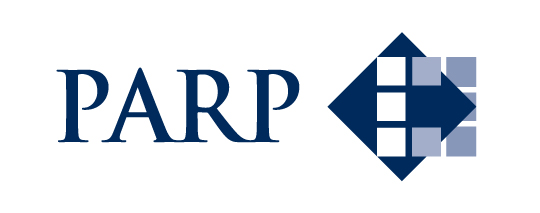 |
Project Duzy Bon 2015 TTS-5 "CE" APPROVED! We are happy and proud to inform that Time Transfer System TTS-5 has been tested by an independent laboratory – Instytut Logistyki i Magazynowania w Poznaniu. The tests proved the TTS-5 compliance with Electromagnetic Compatibility (EMC) directive2004/108/WE. The tests have been a part of the project titled "Substantial improvement of TTS-5 prototype in terms of compliance with requirements of Electromagnetic Compatibility (EMC) directive2004/108/WE. The budget of the project was 78 105,00 złotych and was carried out with the help of Polska Agencja Rozwoju Przedsiębiorczości “Duży Bon 2015” programme and gained from the state budget a support of 49 999,90 złotych. |
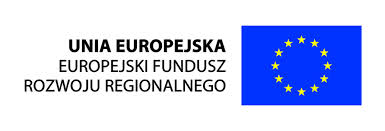 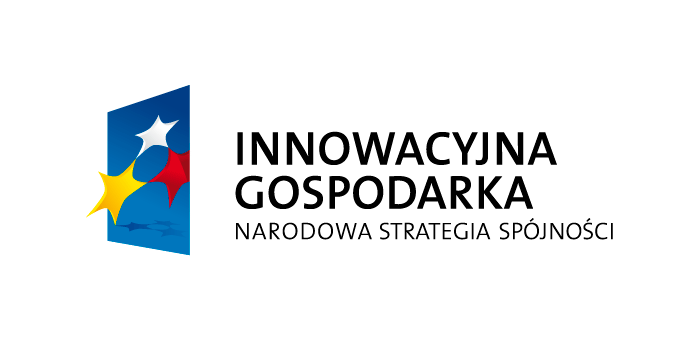 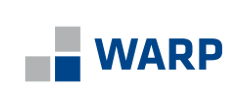 |
Fundusze Europejskie - Dla Rozwoju Innowacyjnej Gospodarki Inwestujemy w Waszą Przyszłość Piktime Systems sp. z o.o., w ramach: Programu Operacyjnego Innowacyjna Gospodarka Działanie 2007-2013 Działanie 1.4 Wsparcie projektów celowych Działanie 4.1 Wsparcie wdrożeń wyników prac B+R realizuje projekt "System Transferu Czasu Galileo" Wartość inwestycji: 503 400,00 PLN Kwota dofinansowania z Europejskiego Funduszu Rozwoju Regionalnego: 221 212,50 PLN Okres realizacji: 01.09.2012 - 31.10.2014 Projekt współfinansowany przez Unię Europejską z Europejskiego Funduszu Rozwoju Regionalnego |